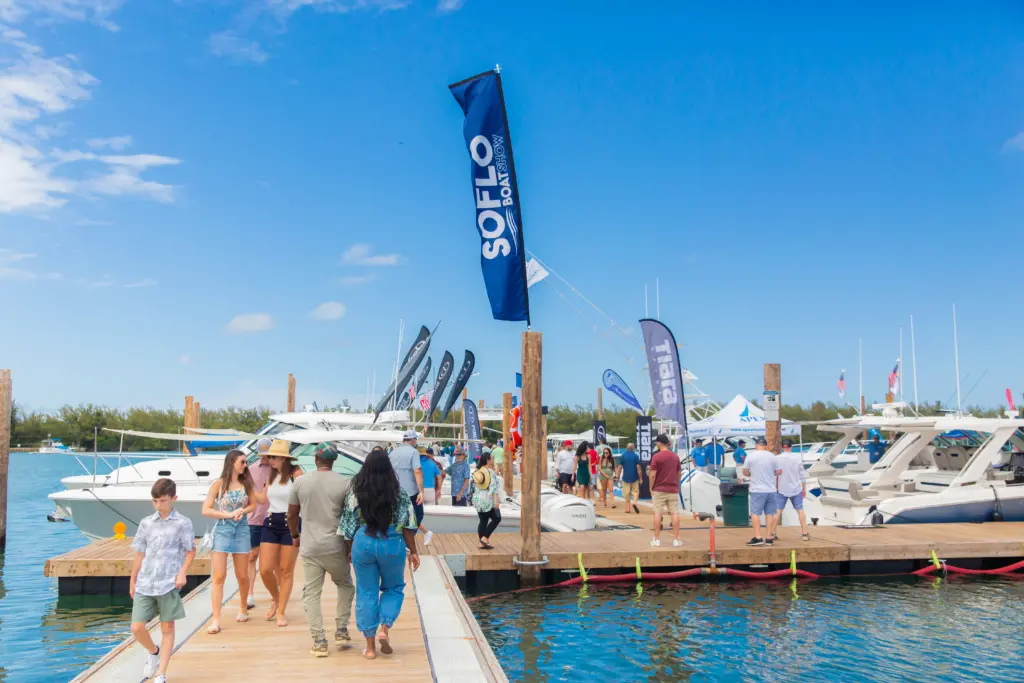Benefits of Financing a Boat
Owning a boat is a dream for many water enthusiasts. Whether it’s for leisurely cruises on the weekends or adventurous fishing trips, a boat can provide countless hours of enjoyment on the water. While purchasing a boat outright might seem like a significant financial commitment, financing can offer several advantages that make boat ownership more accessible and manageable. Here are some key benefits of financing a boat:
1. Preserve Cash Flow
Financing allows you to spread out the cost of purchasing a boat over time, which helps preserve your cash flow. Instead of depleting a large sum of money upfront, you can make affordable monthly payments that fit within your budget. This financial flexibility allows you to allocate your savings towards other investments or expenses while still enjoying the benefits of boat ownership.
2. Affordable Entry Point
Boat financing opens up the possibility of owning a boat to a broader range of individuals. You don’t need to have a substantial amount of cash on hand to make a purchase. With a reasonable down payment and a structured loan repayment plan, you can acquire the boat of your dreams without breaking the bank.
3. Manageable Monthly Payments
Boat loans typically offer fixed interest rates and predictable monthly payments, making it easier to budget for the cost of ownership. Knowing exactly how much you need to pay each month helps you plan your finances effectively and avoid unexpected expenses. Additionally, many lenders offer flexible loan terms tailored to your financial situation.
4. Build Credit
Financing a boat is an opportunity to build or improve your credit score. Making consistent, on-time payments on your boat loan demonstrates responsible financial behavior to lenders, which can positively impact your credit profile. A strong credit history can also benefit you in other areas of financial life, such as obtaining favorable interest rates on future loans.
5. Access to Newer Models and Features
By financing a boat, you can afford newer models with advanced features and technologies that enhance your boating experience. Whether it’s a spacious cabin cruiser or a high-performance fishing boat, financing allows you to choose from a wider selection of vessels that align with your preferences and lifestyle.
6. Tax Benefits
In some cases, the interest paid on a boat loan may be tax-deductible if the boat is used as a second home. This potential tax benefit can further reduce the overall cost of boat ownership and provide additional financial savings.
7. Ownership and Investment
Owning a boat can be a rewarding investment. Unlike renting or chartering, owning a boat gives you the freedom to use it whenever you want and customize it to your liking. Additionally, boats can retain their value well over time, especially if properly maintained, providing potential resale value down the road.
—–
Financing a boat offers a practical and accessible path to fulfilling your boating aspirations. Whether you’re a seasoned mariner or a first-time boat owner, exploring financing options can make the dream of owning a boat a reality while providing financial flexibility and long-term benefits. Before committing to a loan, be sure to research different lenders, compare terms, and consider your financial circumstances to ensure a smooth and enjoyable boat ownership experience.











